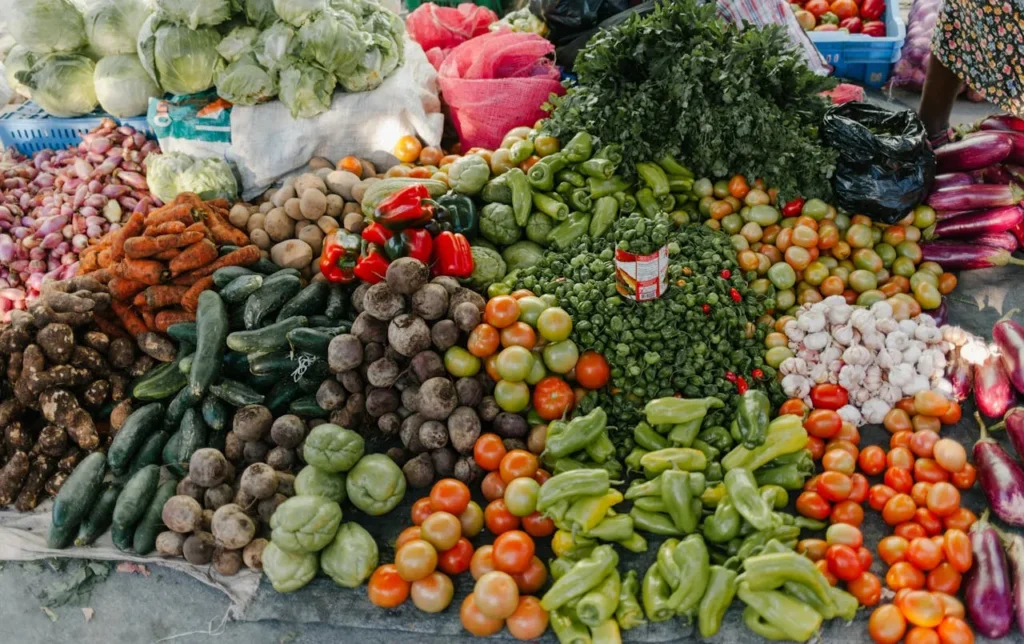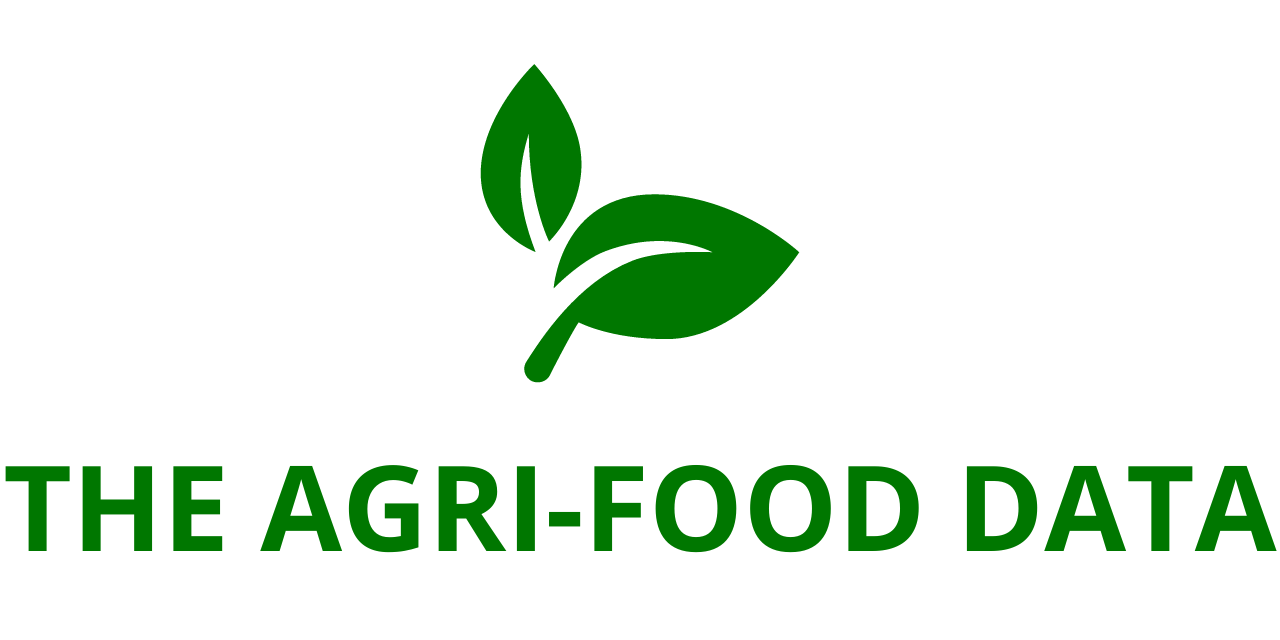
The “Frozen Potato Market: 2025 Edition” report has recently been published on ResearchAndMarkets.com, providing a comprehensive analysis of the global frozen potato industry, key market trends, and growth projections. According to the report, the global frozen potato market was valued at US$67.27 billion in 2023 and is anticipated to reach US$89.51 billion by 2029, reflecting a steady compound annual growth rate (CAGR) of approximately 5% during the forecast period from 2024 to 2029.
The market’s expansion is being propelled by multiple factors, including the growing adoption of convenience foods, increasing westernization of diets in emerging economies, and the continued growth of the global foodservice industry. Restaurants, cafes, quick-service chains, and catering businesses are driving demand for frozen potato products due to their ease of storage, preparation, and consistent quality.
Market Drivers
Several key dynamics are fueling the growth of the frozen potato market:
- Expansion of Foodservice Industry: The rapid growth of quick-service restaurants (QSRs) and casual dining outlets worldwide has significantly increased the demand for frozen potato products. Iconic chains such as McDonald’s, Burger King, KFC, and Domino’s rely heavily on frozen French fries, potato wedges, and other potato-based offerings to maintain consistency and streamline operations.
- Changing Dietary Patterns: In many developing countries, dietary habits are increasingly shifting towards Western-style meals, which commonly include potato-based products. This trend is particularly noticeable among urban populations, where convenience and fast food consumption are rising.
- Marketing and Promotions: Major market players are investing heavily in brand visibility, advertising campaigns, and promotional activities to increase consumer engagement. These strategies help frozen potato products gain traction in retail outlets and online marketplaces.
- E-commerce and Online Grocery Shopping: The rise of online grocery platforms has simplified the process of purchasing frozen food products, including frozen potatoes. Consumers now have easy access to a wide range of products, from traditional French fries to gourmet potato snacks, boosting overall sales.
- Urbanization and Busy Lifestyles: Rapid urbanization, coupled with busy professional schedules, has increased the demand for convenient, ready-to-cook, or ready-to-eat food options, particularly among working professionals and young families.
Market Segmentation
The frozen potato market is segmented across multiple dimensions, including product type, end-user, distribution channel, and region.
1. By Product Type:
The market is categorized into seven product types: French Fries, Hash Browns, Mashed Potatoes, Shaped Potatoes, Topped/Stuffed Potatoes, Battered/Cooked Potatoes, and Others. Among these, French fries dominate the market due to their universal appeal and widespread adoption in fast-food chains globally. The segment is also expected to be the fastest-growing, driven by continuous product innovation, including flavored, seasoned, and healthier alternatives such as baked or low-fat fries.
2. By End-User:
The market is segmented into Commercial and Residential end-users. Commercial establishments, including restaurants, fast-food chains, catering services, and institutional kitchens, account for the largest share. This segment is also projected to experience the fastest growth due to rising demand from foodservice providers who require bulk quantities and standardized quality. Residential consumers, influenced by the convenience of frozen potato products for quick meals, are also contributing to growth, especially in urban areas.
3. By Distribution Channel:
The market can be divided into B2B (Business-to-Business) and B2C (Business-to-Consumer) channels. B2B dominates the market, as frozen potato products are a critical component for commercial kitchens and foodservice businesses. Meanwhile, B2C is emerging as the fastest-growing segment, supported by e-commerce platforms and home delivery services, which make it easier for consumers to access a wide variety of frozen potato products for personal use.

4. By Region:
North America holds the largest share of the global frozen potato market, with the United States being a particularly strong market. Factors such as the high consumption of convenience foods, busy lifestyles, and increasing snacking habits among young populations are driving growth.
In Europe, Germany stands out as a leading market due to its well-developed food industry, robust presence of fast-food chains, and high demand for convenience foods. Companies like McCain Foods have established a significant presence, supplying frozen potato products to numerous fast-food outlets and retail chains across the country. The growing number of QSRs and snack bars in Germany has further fueled demand for French fries and potato snacks.
In Asia-Pacific, India is a key growth driver. The country’s large, youthful population, rapid urbanization, and rising disposable incomes are boosting demand. Global fast-food chains such as McDonald’s, Domino’s, and Burger King are expanding operations, while local brands and street food vendors increasingly incorporate frozen potatoes into their menus. Government initiatives to improve cold chain infrastructure are also facilitating the growth of frozen potato distribution across the country.
Market Trends and Innovations
The frozen potato market is evolving with consumer preferences and emerging trends:
- Health and Wellness: Growing consumer awareness of health and nutrition has led to the introduction of baked, low-fat, and organic frozen potato products. Non-GMO certified and plant-based options are gaining traction, appealing to environmentally conscious and health-focused consumers.
- Flavor Innovation: Manufacturers are introducing a variety of flavored and seasoned frozen potato products, including garlic parmesan fries, herb-infused hash browns, and spicy potato wedges, to cater to diverse taste preferences and create restaurant-quality experiences at home.
- Sustainability: Rising demand for eco-friendly practices and sustainable sourcing is influencing product offerings. Companies are increasingly adopting environmentally responsible packaging and sourcing potatoes from sustainable farms.
- Technological Advancements: Improvements in cold chain logistics, storage, and distribution are enabling longer shelf life and better quality retention for frozen potato products.
Challenges
Despite the robust growth potential, the frozen potato market faces certain challenges:
- Competition from Fresh Alternatives: Freshly prepared potato products remain a strong competitor, particularly in regions where consumers prioritize fresh or home-cooked meals.
- Regulatory Compliance: Adherence to food safety regulations, labeling standards, and health certifications can pose challenges, particularly for smaller manufacturers seeking global distribution.
- Price Sensitivity: Fluctuations in raw material costs, particularly potato and oil prices, can impact product pricing and profit margins.
Key Players
The global frozen potato market is highly competitive, with prominent players focusing on product innovation, geographic expansion, and strategic partnerships. Key companies profiled in the report include: McCain Foods, J.R. Simplot, Lamb Weston, Greenyard, Royal Cosun, Himalaya Food, Kraft Heinz, Agrarfrost, Damaco, Farm Frites, and Agristo. These players are actively expanding their product portfolios, investing in R&D, and enhancing distribution networks to capture emerging market opportunities.





